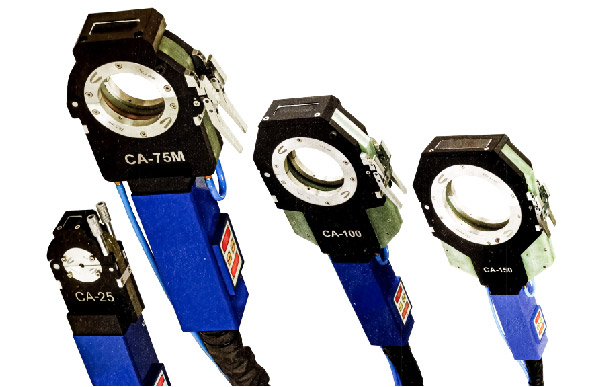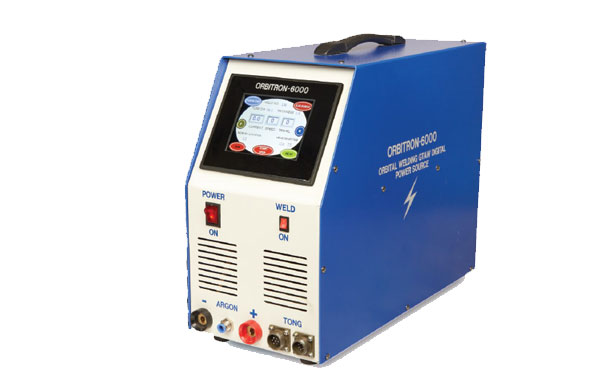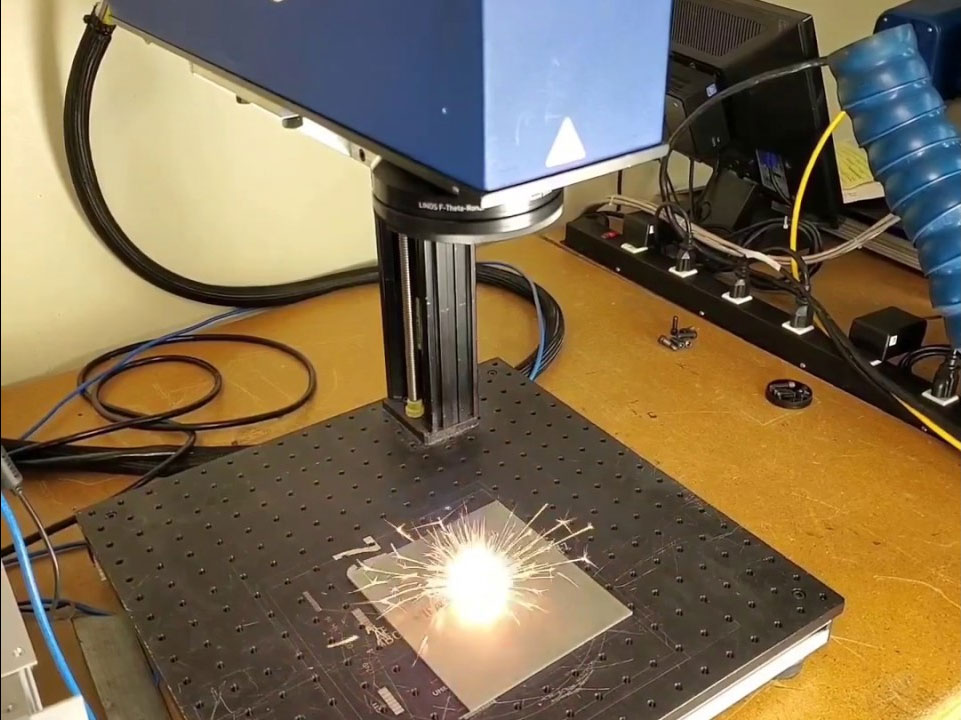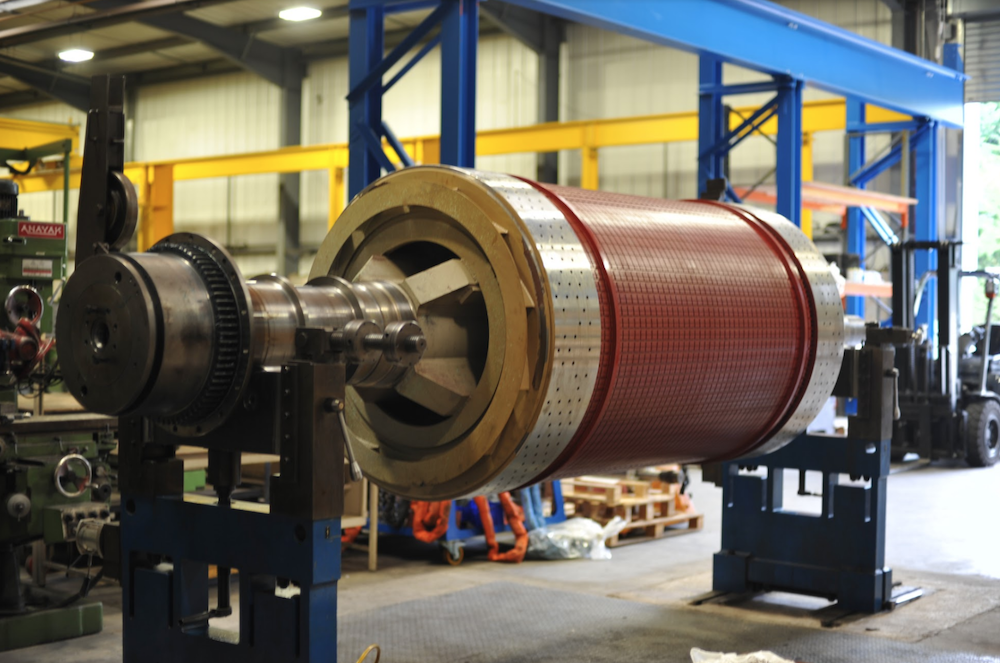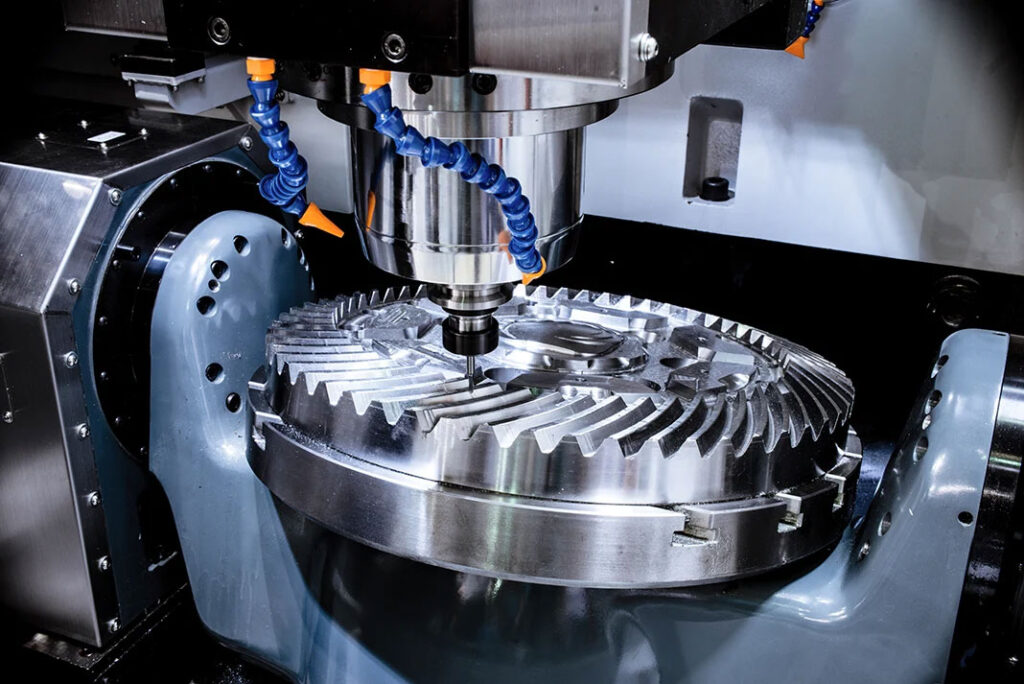Orbital Welding Machine
Smart Orbital Welding Solutions
Orbital welding machine is used for tube welding and pipe welding for a wide range of diameters and thicknesses. Orbital Welding Machines find applications in numerous industries like automotive, aerospace, chemical engineering, biotechnology, food processing, shipbuilding industries, power, pharmaceutical, semiconductors and many more.
About Orbital Automation Ltd
Orbital Automation Ltd offers orbital welding machines effortlessly adapt to numerous applications for tube and pipe welding and meet the growing quality requirements for materials which are often tough to weld. Our orbital welding machines guarantee welding with controlled and limited heat input in order to tolerate the material properties.
We supply orbital welding machines manufactured by Universal Orbital Systems Pvt Ltd – leading company in the field of orbital welding technology. Orbital Automation Ltd is the leading supplier of orbital welding machines in the UK. Orbital Automation Ltd is an Orbital Group company which has 35 years of extensive experience in supplying special purpose machines. At Orbital Automation Ltd, we aim to provide clients with the most up-to-date technological solutions to meet the customer’s individual needs.
Our innovative orbital welding machines are developed and optimized for wide-ranging applications in several industries like automotive, aerospace, chemical engineering, biotechnology, food processing, shipbuilding industries, power, pharmaceutical, semiconductors and many more. When customer support is needed, our engineers are on hand 24/7 to remotely join the machine to resolve issues.
Orbital Welding Machines offered by Orbital Automation Ltd
Orbital Welding Closed Arc heads
- DC Motor with Encoder.
- Simple & Rugged Design.
- Welding on Actual Position.
- Quick Change Collets Systems.
- Totally Enclosed Water-Cooled Weld Heads.
- Compact Design to Permit Use in Situations Where Access is Limited.
- Shielded-Gas Chamber to Prevent OD Discoloration.
Compact Orbital Welding GTAW Power Source
- Auto programming mode generates weld procedures Automatically.
- Stores 600 programs 200 auto and 400 Manual programs.
- Manual programs can be stored with Tags.
- Compact, Rugged, Noise proof design, weighing only 15 Kg., easy carrying for site and runs on generators also.
- A simple design, easy to understanding for all operators.
- Segment wise programming with Positional Reference.
- In built Weld Data Logger with USB port, Pen Drive or printer can be connected externally.
- Auto fault detection detects “Arc Fault”, “Rotor Jam”, “Earth Fault” “Gas Fault” & user guidance to fix the fault.
- Suitable for all UNIVERSAL Weld Heads including Tube to Tube and Tube to Tube Sheet.
- Password protected key functions for User levels such as welder, Supervisor, Admin.
- Auto tacking facility.
- Specially tuned GTAW Power Source with highly Stable current for Orbital Welding.
- Separate compact Water-cooling unit for weld Head Cooling.
Orbital Welding Machines Working Video

What is Orbital Welding?
Orbital Welding is an automated welding of tube and pipes in which a torch or tungsten rotates around in an orbital way in the tube/pipe whereas the pipe remains stationary. It is a specialised type of welding where the arc rotates 360° around the in-place object (pipe/tube) continuously allowing for a uniform weld around pipes and tubes, which can be tough to achieve with manual welding processes. Orbital Welding is utilized for two main applications like tube-to-tube / pipe-to-pipe joining and tube-to-tube sheet joining. The orbital welding process produces high-quality repeatable welds in automated ways with the help of a computer.
How does Orbital Welding Work?
Orbital Welding Process consists of several steps like:
- Cut
- Face or Bevel
- Clean
- Tungsten
- Align
- Purge
- Program
- Weld
Before starting an arc, there are some important steps to make sure the pipe to be welded piece is ready for the weld.
- Cut: First pipe ends need to be cut for positioning tube or pipe ends. Orbital saws rotate evenly around the pipe piece, making a clean and even cut. This is generally done on small thin-walled pipe and sanitary tubing. For bigger applications, clamshell is used to cut (and even bevel) through a large pipe. A robust blade will slice even the toughest pipe to get it ready for welds.
- Face or Bevel: After cutting, tube facing tool is utilised to get clear of burrs and other faults. Making a perfect alignment is a significant part of making a good weld, in both orbital and hand welding. Burrs in welds can produce a space for microorganisms to build and contaminate in the future. Portable pipe should be used for bevelling tools before orbital pipe welding. A bevel is required to make full penetration on a heavy walled pipe. However, there are numerous types of bevels, a “J-prep” is one of the most common for this type of automated welding. Filler wire is later added during the weld to make up for the lost material.
- Clean: This stage is important, especially in sanitary welding stainless steel. Cleaning the tube or pipe gets rid of probable contaminants.
- Tungsten: Then, it should be placed within the weld head in the tungsten holder.
- Align: The fit-up is imperative for penetration of the weld. Therefore, place the two ends together inside the weld head, guaranteeing they are lined up with the tungsten electrode. At that time, basically clamp both sides down. If you are welding with filler wire, you will require a clamping device to put the two ends together. Then, the weld head should be aligned with the joint. The tungsten, wire distance, wire angle should be attuned as required with the remote pendant.
- Purge: After aligning, oxygen is purged from the inside of the tube or pipe, utilising mixed shielding gas. Purging helps retain the weld from dipping in during wire-add applications by preserving pressure on the inside of the pipe.
- Program: Power supplies feature auto-programming technology in which we only need to enter which weld head being used, O.D. size, material being welded, and wall thickness into the power supply. The power supply will at that point create a pre-developed program.
8. Weld: We are ready to strike an arc with all these steps accomplished. The tungsten will then rotate 360 degrees about the workpiece to produce a uniform weld. We suggest testing an initial weld and making modifications to the welding parameters as required for your application.
Where is Orbital Welding used?
Orbital welding is utilised in a range of industries as it offers high effectiveness for otherwise complex welds as well as producing smooth and reliable joins. Since orbital welding produces high purity welds, it has been used for creating clean-room parts for the semiconductor industry as well as pipework for a wide range of industries. Orbital welding finds applications in aerospace, automotive, chemical engineering, biotechnology, food processing, power, and shipbuilding industries, pharmaceuticals, among others.
When to use Orbital Welding?
Orbital welding should be used when the production comprises problematic positions to handle physically. Also, it plays a decisive part in the difficulty of finishing a task. Hence, an automated procedure is advised. Also, it should be done when large quantities of welds are needed to be produced, since it is perfect because of its repeatability.
What are the advantages of Orbital Welding?
Orbital welding provides highly repeatable reliable welds even with parts with small diameters, greater wall thickness, or difficult/dangerous environments. Orbital Welding provides a range of advantages like:
Accurate and Consistent Weld Quality: Weld cycle can be repeated with a high level of accuracy and consistency, once the weld parameters have been set.
Increased Productivity: Provides greater productivity compared to manual TIG welding as weld orders can be easily and reliably recurrently.
Operator Skill Levels: Required skill levels are lower than manual welding leading to lower labour costs.
Enhanced Safety: Provide enhanced safety by taking away welders from the workspace, only making them monitor the development from a safe distance.
Environmental Conditions: Can be accomplished under severe environmental conditions as well as where there is limited access or poor visibility.
What is the equipment required for Orbital Welding?
The main parts of an orbital welding system are the power supply (with an integrated computer control), the welding head and, as needed, a wire feed system. Also, particular sized materials or parts will also require the use of a water/coolant system.
Programmable Power Supply: Allows you to set a series of different parameters, including the pulse rate, current intensity, the welding head travel speed, flow of shielding gas, and wire feed options. Preferably, the power supply should be light weighted for one person to carry, be skilled at controlling at least four axes, and should be compact.
Wire Feeder: When required, should be welded into the head of the machine or part of a separate system.
Orbital Welding Heads: Need different sized heads for diverse applications. But in all situations, a weld head should hold the electrode in position, sustain an optimal temperature, be able to control the flow of the welding current, and apply pressure on the metal workpieces being welded.
Water/Air Coolant System: Prevents the welding machinery from overheating, while also shielding the welding operator from the heat input of the process.
In what materials orbital welding can be performed?
Orbital welding can be executed on a variety of metals including high-temperature, high-strength, and corrosion-resistant steels, unalloyed and low-alloyed carbon steels, copper, nickel alloys, titanium, aluminium, and its related alloys.
What are the applications of Orbital Welding?
Applications of Orbital Welding:
Orbital welding is considered as the most critical welding system used in the fields where precision weld and error free quality is essential such as semiconductors, aerospace, biotechnology, automotive, chemical engineering, food processing, shipbuilding industries, power, pharmaceutical.
Applications Industries of Orbital Welding Machine
Automotive | Aerospace | Chemical Engineering |
Biotechnology | Food Processing | Shipbuilding Industries |
Power | Pharmaceutical | Semiconductors |
Here at Orbital Automation Ltd, we are passionate about our company and the service we provide to our clients.
Therefore, we have invested heavily in the latest advances in Orbital Welding Machine technology and have an experienced team of highly qualified engineers.
We are confident that we can provide our clients with the best machineries and will always offer the best in customer service.


